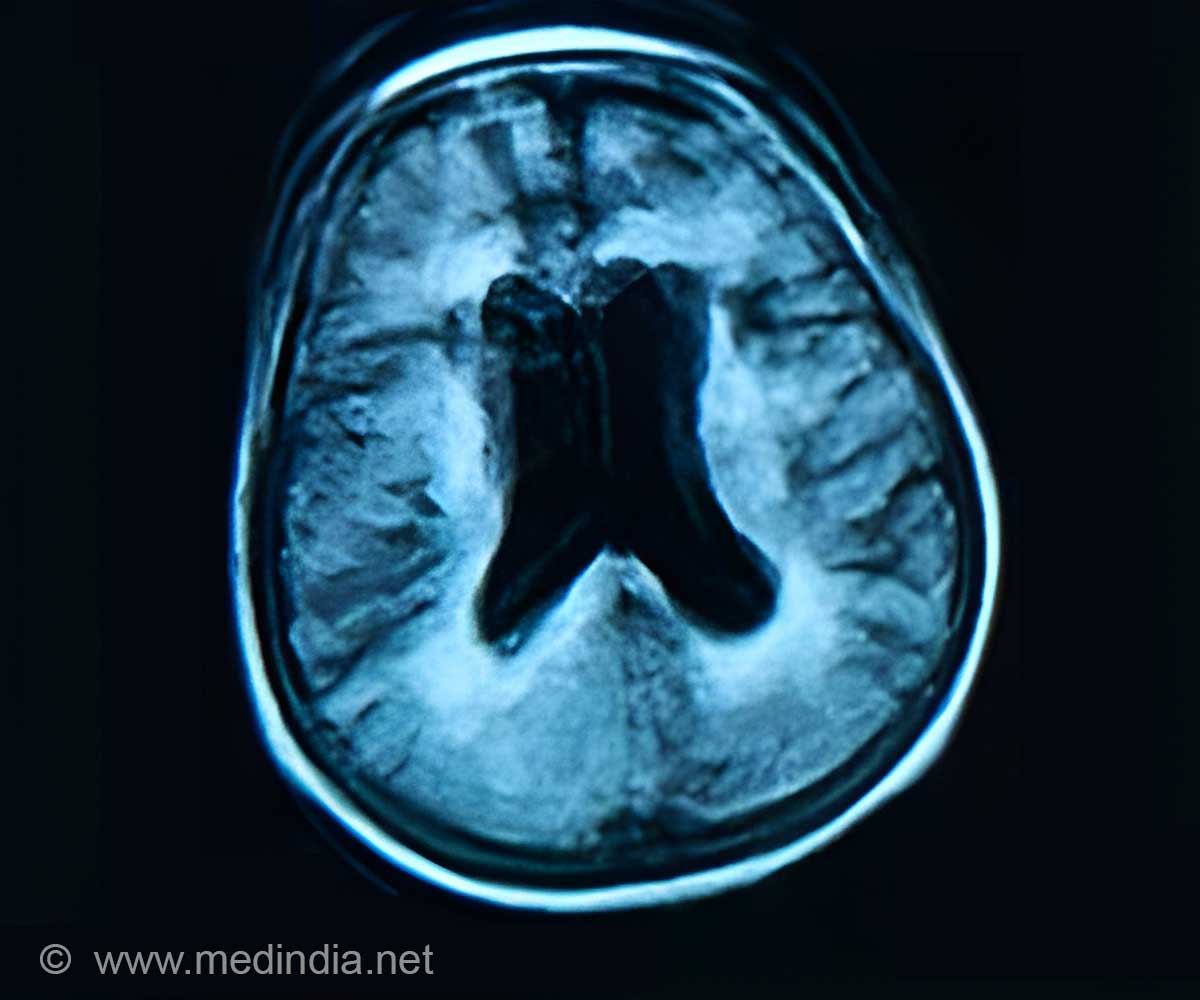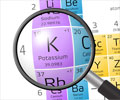
Disease includes high potassium levels, low pH
The study explores the mechanisms of a rare, inherited kidney disease called pseudohypoaldosteronism type II (PHAII). This disease is marked by hypertension, higher-than-normal levels of potassium, and low pH, acidic body fluids.
In the 1980s, researchers in the School of Medicine at the Health Science Center published a paper on the disease's features in a San Antonio patient affected by the childhood form of PHAII. This paper was one of the first papers describing this disease in childhood.
Genetic clues from family
In the new study, School of Medicine nephrology researchers recruited back the patient and her family members and provided DNA samples of the family. Lead authors on the paper are from the Yale University School of Medicine.
Advertisement
The nephron is the basic structural and functional unit of the kidney. The nephron filters the blood, reabsorbing what is needed (including salts) and excreting the rest in the urine. Genes activate KLHL3, CUL3 and the sodium transporter molecule in a portion of the nephron called the renal distal convoluted tubule.
Advertisement
"These findings establish a fundamental role for the KLHL3/CUL3 axis in blood pressure, potassium and pH homeostasis, and help us understand how this form of familial high blood pressure disease is inherited," said Dr. Al-Shahrouri, principal investigator of the study at the Health Science Center.
Until recently Dr. Al-Shahrouri was an assistant professor of medicine and a physician with UT Medicine San Antonio, the clinical practice of the School of Medicine at the Health Science Center. Dr. Al-Shahrouri, mentored by Robert Kunau, M.D., professor of medicine, recruited the family affected by PHAII and initiated collaboration with Yale for further studies.
Genetic variation
Farook Thameem, Ph.D., assistant professor of medicine at the Health Science Center, screened these patients for mutations of genes called WNK1 and WNK4. Mutations in these genes have previously been associated with PHAII. Dr. Thameem found none of those deleterious mutations, demonstrating genetic variation beyond WNK1 and WNK4 in this family.
About the UT Health Science Center San Antonio
The University of Texas Health Science Center at San Antonio, one of the country's leading health sciences universities, ranks in the top 3 percent of all institutions worldwide receiving federal funding. Research and other sponsored program activity totaled $231 million in fiscal year 2011. The university's schools of medicine, nursing, dentistry, health professions and graduate biomedical sciences have produced approximately 26,000 graduates. The $744 million operating budget supports eight campuses in San Antonio, Laredo, Harlingen and Edinburg. For more information on the many ways "We make lives better®,"
Source-Eurekalert














